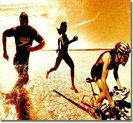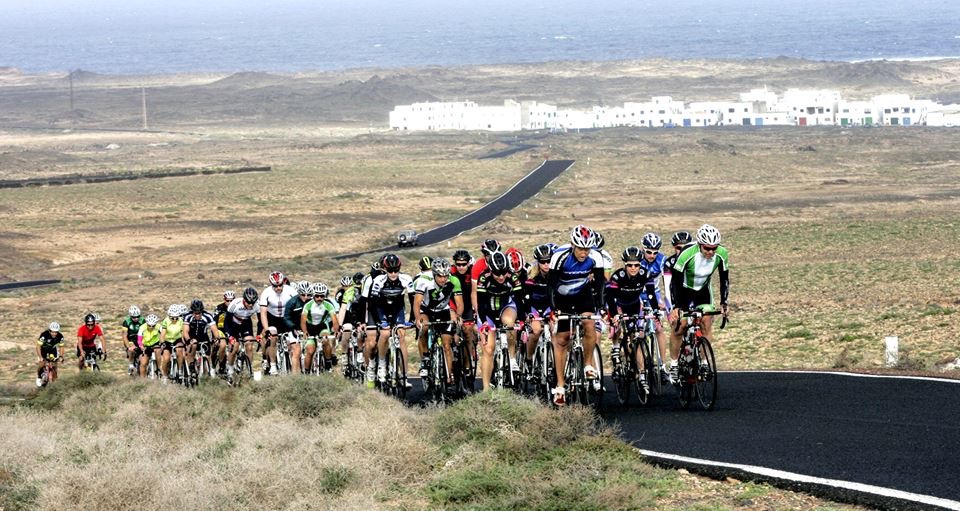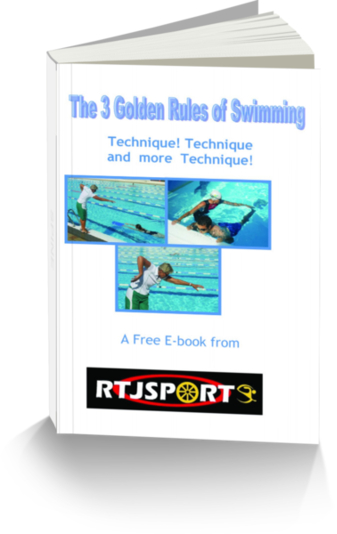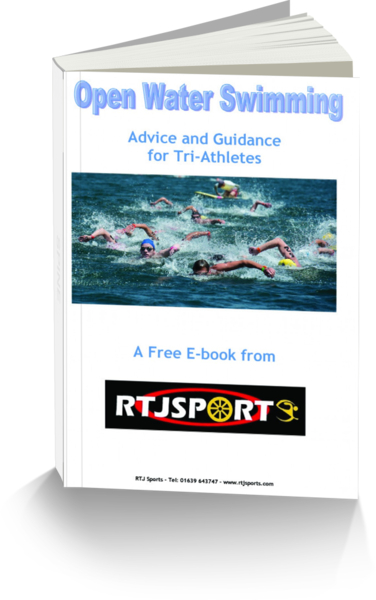Warm Weather Training
When temperatures start to rise, then a triathlete’s performance, when training and racing, can be seriously affected. The key is to get your body acclimatised to these warmer temperatures so that your performance gets back on course.
Essentially, in hot weather, your body has to pump more blood to the surface of the skin, which means there is less blood circulating to your muscles. What’s more, your rate also increases in hot weather which in turn pushes up your sense of exercise strain.
Keeping Hydrated
The main issue when it comes to warm weather training is to stay hydrated. When you sweat, your body doesn’t just lose water but also loses salt and electrolytes, both of which are important to ensure you are functioning properly.
If you don’t keep hydrated by drinking plenty of water you can suffer from nausea and other symptoms. You also need to make sure you replenish your electrolytes by eating at regular intervals or taking a sports drink or energy bar. There are also sodium and electrolyte capsules available which are easy to carry when training or racing.
The best advice is to drink a couple of glasses of water before you go out and carry water or a hydration pack with you. Try to drink every 15 minutes or so, even if you don’t feel thirsty, and drink a couple more glasses of water at the end of your training session or race.
Other Tips for Warm Weather Training
- The time of day is very important. You should avoid training during the warmest hours (ie between 10 am and 4 pm) if possible. Early morning is usually the best time to train. If you are participating in an event during the hottest time of day, follow the hydration advice above.
- Clothing is also crucial. Try to wear loose, light-coloured clothing that will reflect the heat. Cotton is also a good option as it will help sweat evaporate. There are also ranges of clothing specifically designed to help to keep athletes cool in warm conditions.
- Don’t forget the sunscreen to protect your skin (even if it’s early in the morning or cloudy). If possible, stick to routes that are shaded to keep you out of the sun.
- You should also check the weather forecast before you set off, checking for heat advisory warnings. If there are any, switch your training to indoors if you can.
- Listen to your body. If you start to feel nauseous, faint or dizzy then stop and don’t continue; drink plenty of water and replace those electrolytes.
The more you train in warm weather, following these guidelines, then your body will soon become acclimatised to the hotter temperatures and your training will be back on course.









